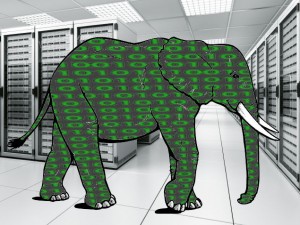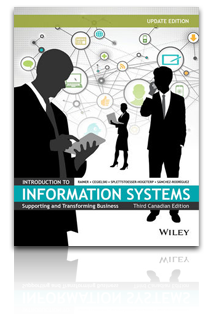Description: Sgt. Brandon Davis vividly recalled the moment before he killed Eric Wayne Berry, but it was not the way it really happened.
Source: nytimes.com
The shooting, tragedy that it was, was speedily cleared by his superiors because the entire incident was captured on tape. “It happened at noon on a Wednesday,” Sergeant Davis said. “I first watched it with the police psychiatrist on Thursday morning. I got out of there and I was cleared for work.” He has watched it many times since then, to shed any lingering doubts about his course of action.
Sergeant Davis, who now works on the police force in nearby Greenwood, was testing a new kind of camera, to be worn by an officer, when his fatal encounter was recorded in November 2009. Since then, both the hardware and software in the system have been significantly modified by Taser International, the maker of the camera. Taser is better known for stun guns that deliver a painful and immobilizing electric shock. Read Rest of Story
Questions for discussion:
- Who would benefit most from ths application of cloud technology, the officer or the citizen? Why?
- Do you feel that police unions should support and endorse this technology? Why?








